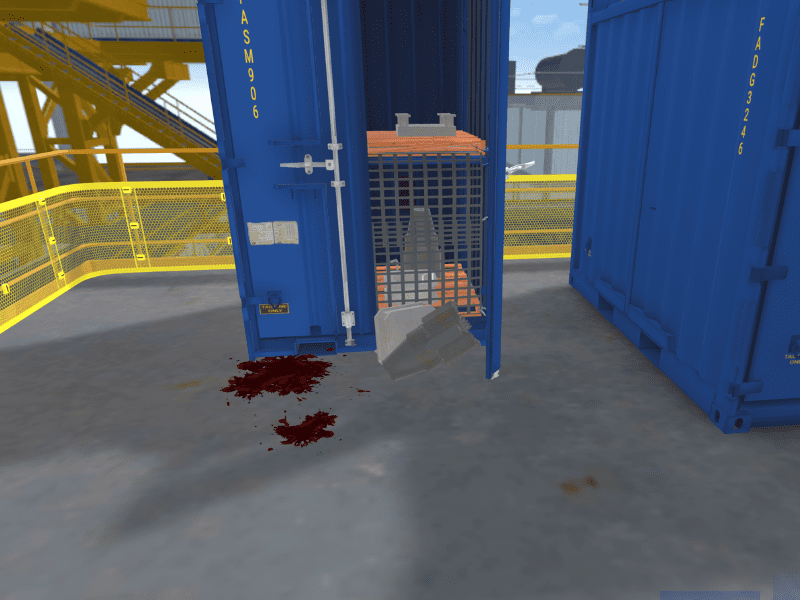Virtual reality (VR) is a computer-generated simulated environment that can be experienced through sensory perceptions, such as sight, hearing, touch, and sometimes even smell.
VR technology uses a combination of hardware and software to create immersive, interactive experiences for users. One area where VR has proven particularly useful is in safety training, as it allows employees to practice and learn in a controlled environment that can simulate a wide range of scenarios.
VR safety training can be an effective way to teach employees how to safely handle potentially hazardous equipment or materials, as well as how to respond to emergencies. To create a VR experience, developers use specialized software to create a 3D model of the virtual environment. They can then add in elements like textures, lighting, and interactive objects, and program how the environment should behave. When a user puts on a VR headset and enters the virtual environment, the headset’s sensors track their movements and adjust the display accordingly, creating a sense of immersion.
There are several different types of VR hardware, including VR headsets, gloves, and haptic feedback devices, which allow users to interact with the virtual environment in a more realistic way. VR headsets, like the Oculus Quest or the HTC Vive, are worn on the head and have screens in front of the eyes to display the virtual world. Most VR headsets also have built-in headphones to provide audio. The VR headset contains a number of sensors that track the user’s movements and orientation. These sensors include accelerometers, gyroscopes, and magnetometers, which measure acceleration, angular velocity, and magnetic field strength, respectively. The headset also has one or more cameras that are used to track the user’s position and orientation in the physical world. When the user moves their head or body, the VR headset’s sensors detect the movement and send this information to the computer.
The computer then updates the virtual environment to match the user’s movements, creating the illusion of being fully immersed in a virtual world. Some VR systems also use additional hardware, such as gloves or haptic feedback devices, to allow users to interact with the virtual environment in a more realistic way. For example, a VR glove might have sensors that detect the user’s finger movements and allow them to touch and manipulate virtual objects. Similarly, a haptic feedback device might use vibrations or other tactile sensations to create a sense of touch or force in the virtual world.
In stand-alone headsets like the Meta Quest which we primarily use for the DROPS Metaverse, the computer graphic processing is integrated into the headset so that no additional computer is necessary. This makes the overall setup more cost effective, user friendly and mobile. The downside is that the integrated processor is not as powerful as what is available in large dedicated computers. The result is less graphical quality.
Overall, VR technology combines specialized hardware and software to create immersive, interactive experiences for users. By tracking the user’s movements and adjusting the virtual environment accordingly, it creates the illusion of being fully immersed in a virtual world. VR has proven particularly useful in safety training, as it allows employees to practice and learn in a controlled environment that can simulate a wide range of scenarios.

















The DROPS Metaverse features diverse 3D multiplayer environments on specific topics. Use them individually for bite-sized learning or within a comprehensive DROPS Training program. We've developed a Hazard Hunt, Cargo Inspection, and Human Factors scenario. Currently, we're working on scenarios such as Tools at Height, Red Zone Management, DROPS Calculator, Learnings from Incidents, and more. Subject matter experts collaborate to develop content based on DROPS Recommended Practices. Our goal is to eventually cover all major topics for various DROPS Training levels.
DROPS Training Subjects